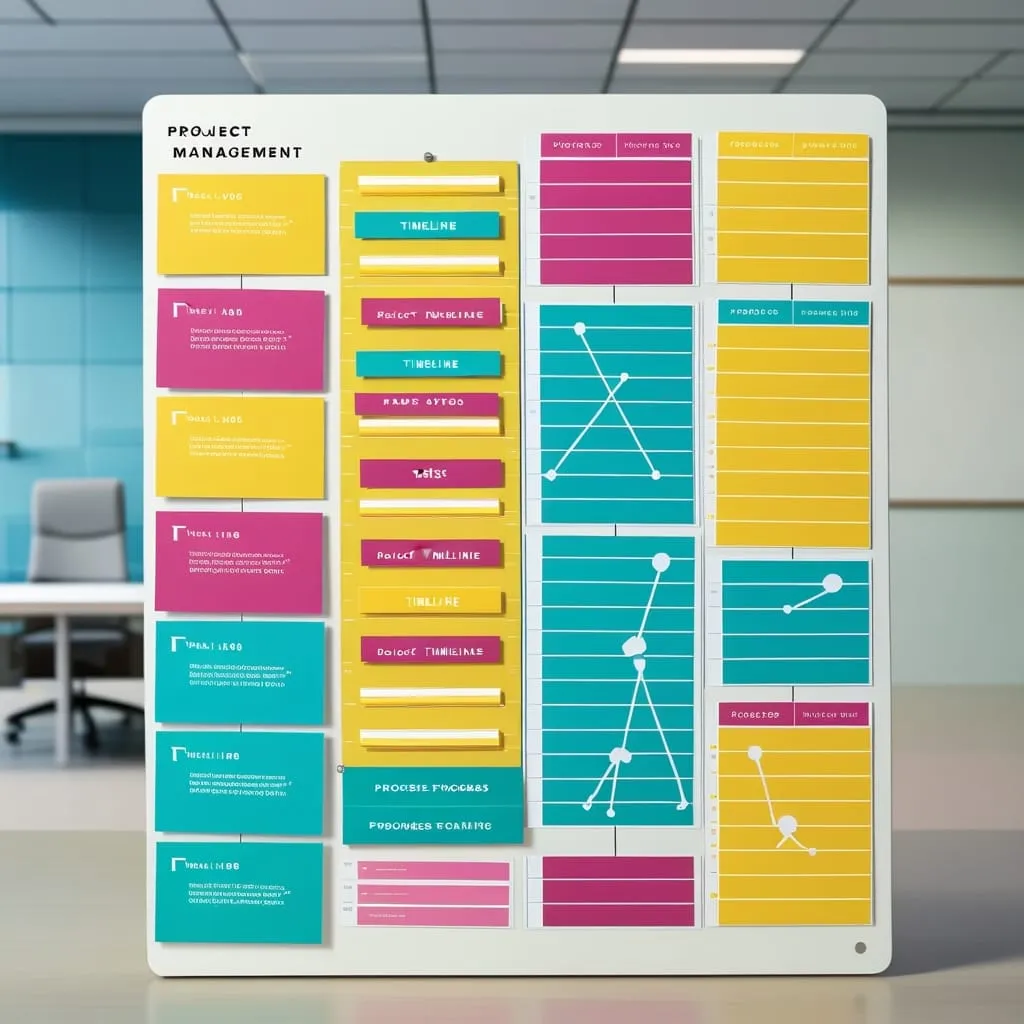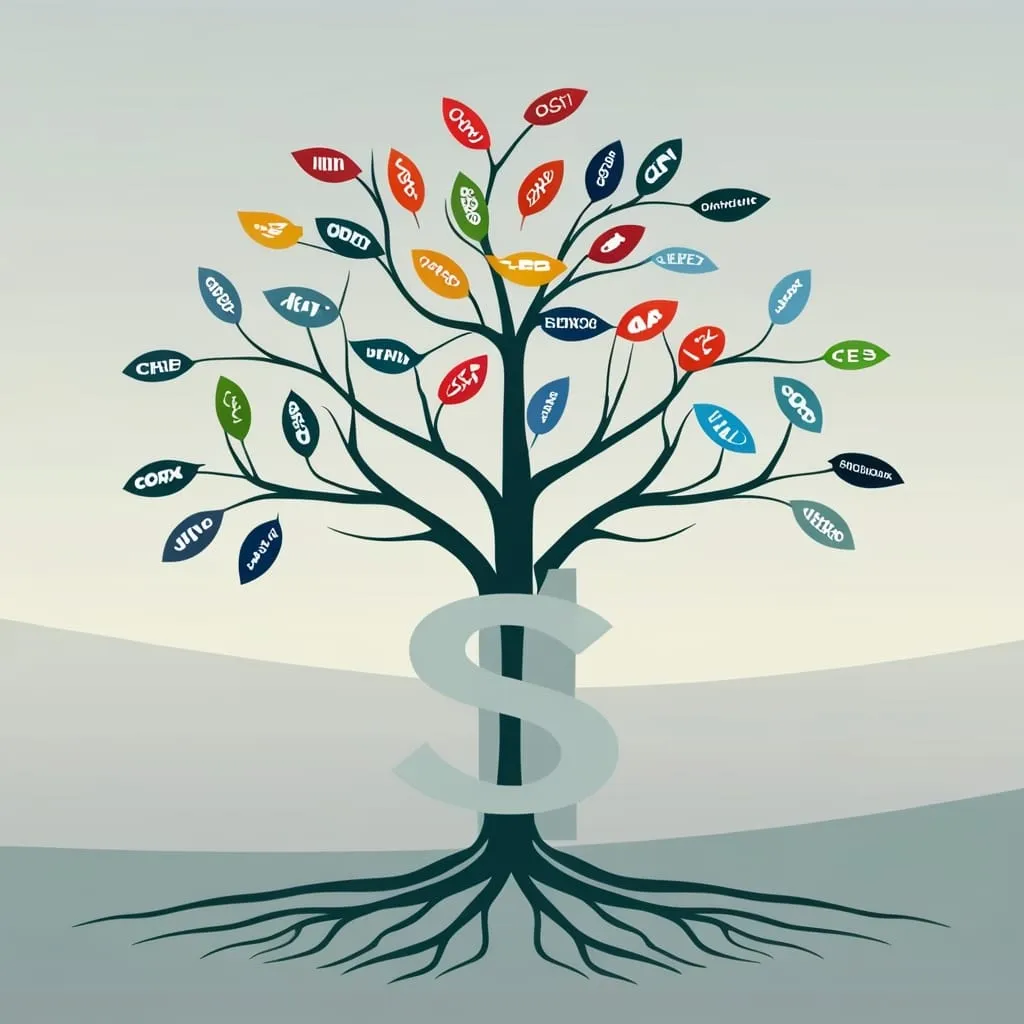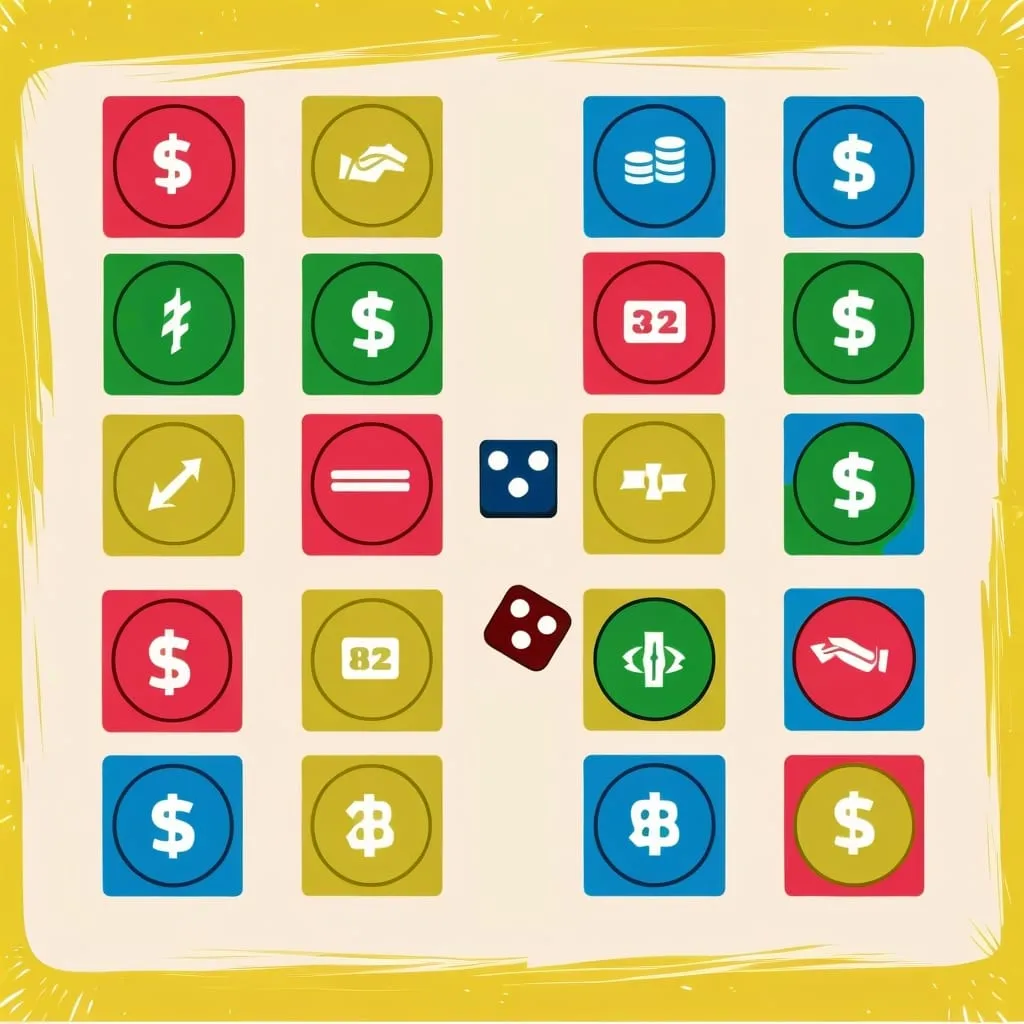Mastering the Art of Time: Becoming a Chrono-Chameleon
In today's fast-paced world, time is our most precious resource. We're all given the same 24 hours each day, but some people seem to squeeze more out of every minute. These time-bending wizards have mastered the art of being a "chrono-chameleon" – someone who can effortlessly adapt their schedule to maximize productivity and maintain a healthy work-life balance.
So, how can you join the ranks of these time-management masters? Let's dive into the secrets of becoming a chrono-chameleon and revolutionize the way you approach your day.
First things first: know thyself. Understanding your natural rhythm is the foundation of effective time management. Are you a morning lark, bursting with energy at the crack of dawn? Or are you a night owl, finding your groove when the sun goes down? Identifying your peak hours of productivity is crucial for scheduling your most important tasks.
For instance, if you're at your best in the morning, tackle those brain-intensive projects before lunch. Save the mundane tasks for later when your energy starts to dip. On the flip side, if you're a night owl, use those evening hours to dive into creative work or problem-solving.
Once you've got a handle on your natural rhythm, it's time to introduce time blocking into your life. Think of your day as a blank canvas, and time blocks as the colorful paint you'll use to create your masterpiece. Assign specific chunks of time to different tasks or activities. This method helps you stay focused and avoid the productivity-killing trap of multitasking.
For example, you might block off 9-11 AM for deep work, 11-11:30 AM for a quick break, 11:30 AM-1 PM for meetings, and so on. The key is to stick to your schedule as much as possible, but don't beat yourself up if things don't always go according to plan. Remember, we're aiming for progress, not perfection.
Now, let's talk about the elephant in the room: prioritization. Not all tasks are created equal, and learning to distinguish between urgent and important is a game-changer. Enter the Eisenhower Matrix, a simple but powerful tool for categorizing your to-do list.
Picture a grid with four quadrants. The top-left is for tasks that are both urgent and important – these are your top priorities. The top-right is for important but not urgent tasks – schedule these for later. The bottom-left is for urgent but not important tasks – delegate these if possible. And the bottom-right? Those are the tasks that are neither urgent nor important – feel free to eliminate them altogether.
By using this matrix, you'll focus your energy on what truly matters, rather than getting bogged down in busywork.
In our tech-savvy world, there's no shortage of digital tools to help you stay organized. From simple calendar apps to complex project management software, these tools can be your trusty sidekicks in the battle against time-wasting.
Experiment with different apps and find what works best for you. Maybe you'll fall in love with the simplicity of Google Calendar, or perhaps you'll prefer the visual approach of Trello. The important thing is to choose tools that complement your workflow rather than complicate it.
Here's a pro tip: don't underestimate the power of automation. Set up recurring events for regular tasks, use email filters to sort your inbox automatically, and explore IFTTT (If This Then That) for more advanced automation options. Your future self will thank you for the time saved.
Now, let's address a counterintuitive but crucial aspect of productivity: taking breaks. It might seem like working non-stop is the key to getting more done, but that's a one-way ticket to Burnout City. Instead, embrace the power of strategic breaks to recharge your mental batteries.
One popular method is the Pomodoro Technique. Work intensely for 25 minutes, then take a 5-minute break. After four cycles, treat yourself to a longer break of 15-30 minutes. During these breaks, step away from your work area. Take a short walk, do some stretches, or simply close your eyes and breathe deeply. You'll return to your tasks feeling refreshed and ready to tackle whatever comes your way.
Speaking of whatever comes your way, let's talk about adaptability. Life has a funny way of throwing curveballs when we least expect them. A true chrono-chameleon knows how to roll with the punches and adjust their schedule on the fly.
If an urgent task pops up unexpectedly, take a moment to reassess your priorities. Can you shuffle some tasks around to accommodate this new development? Maybe you can delegate something less critical to free up your time. The key is to stay calm and approach the situation with a problem-solving mindset.
Remember, your schedule is a tool to help you, not a prison to confine you. Be flexible, and don't beat yourself up if things don't always go according to plan.
Now, here's something that might make you uncomfortable: learning to say no. Many of us have a hard time turning down requests or opportunities, fearing we might miss out on something important. But here's the truth: saying yes to everything means saying no to your own priorities.
Next time someone asks you to take on a new project or attend a meeting, pause before automatically agreeing. Ask yourself: Does this align with my goals? Do I have the time and energy to do this well? If the answer is no, politely decline or suggest an alternative solution. Remember, every time you say no to something that doesn't serve you, you're saying yes to your own well-being and productivity.
Let's talk about some time-saving hacks that can give you an extra edge. One powerful technique is task batching. Instead of switching between different types of tasks throughout the day, group similar activities together. For instance, set aside specific times for checking and responding to emails rather than constantly monitoring your inbox.
Another hack is the two-minute rule. If a task takes less than two minutes to complete, do it immediately rather than adding it to your to-do list. This prevents small tasks from piling up and becoming overwhelming.
Lastly, don't underestimate the impact of your lifestyle on your productivity. A healthy body and mind are the foundations of effective time management. Make sure you're getting enough sleep, eating a balanced diet, and staying physically active.
Start your day with a morning routine that sets you up for success. This could include meditation, exercise, journaling, or simply enjoying a quiet cup of coffee before the hustle begins. Experiment with different activities and find what energizes you and puts you in a positive mindset.
Remember, becoming a chrono-chameleon is a journey, not a destination. It's about continually refining your approach to time management and finding what works best for you. Some days will be more productive than others, and that's okay. The important thing is to keep learning and adapting.
So, are you ready to transform into a chrono-chameleon? Start by implementing one or two of these strategies and gradually build up your time management skills. Before you know it, you'll be bending time to your will, accomplishing more than you ever thought possible while maintaining a healthy work-life balance.
Time is the great equalizer – we all have the same 24 hours in a day. But by mastering the art of time management, you can make those hours count for so much more. So go forth, chrono-chameleon in training, and make every minute matter!






